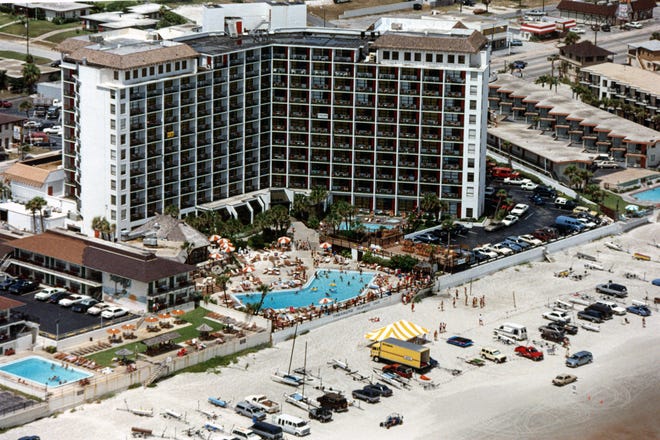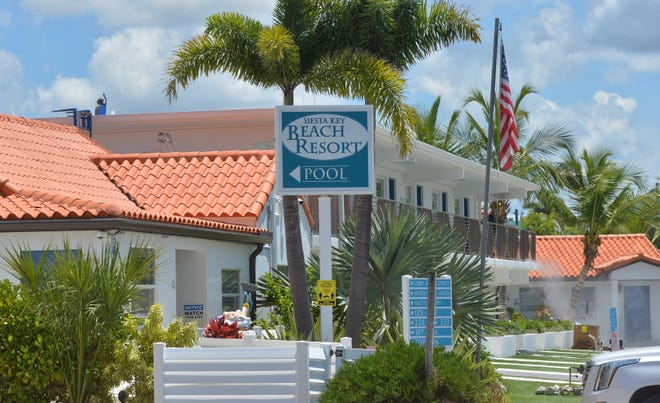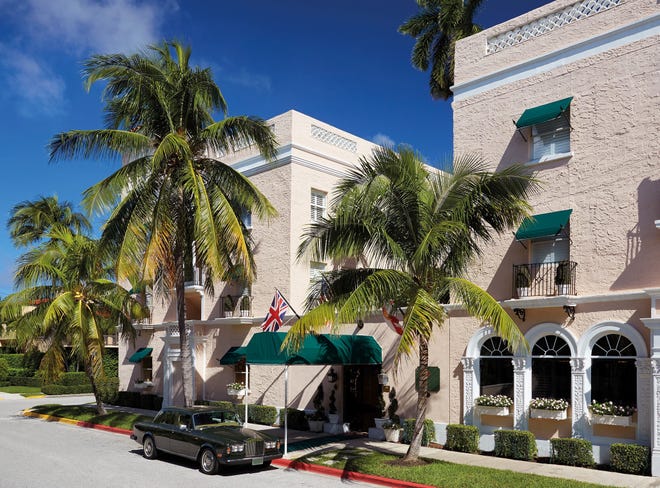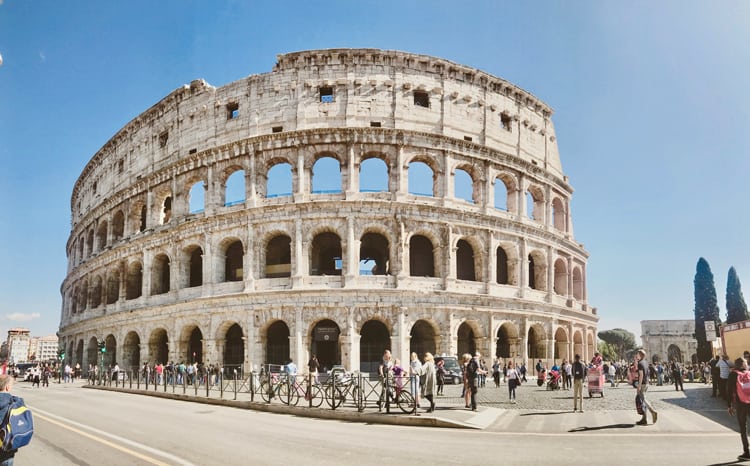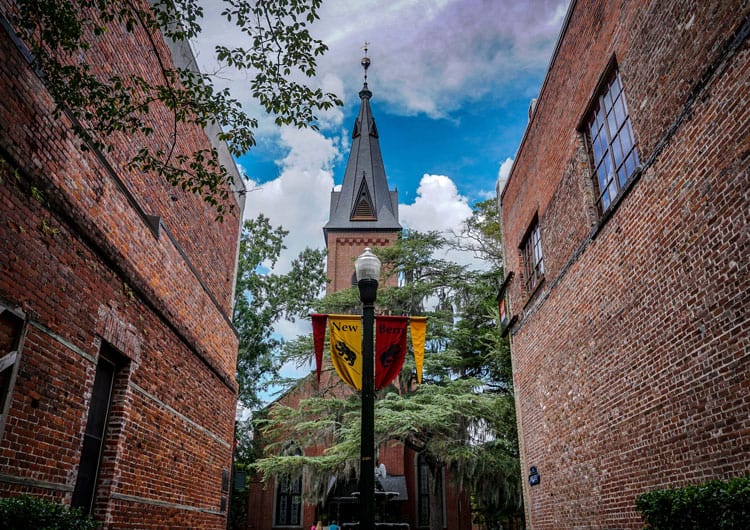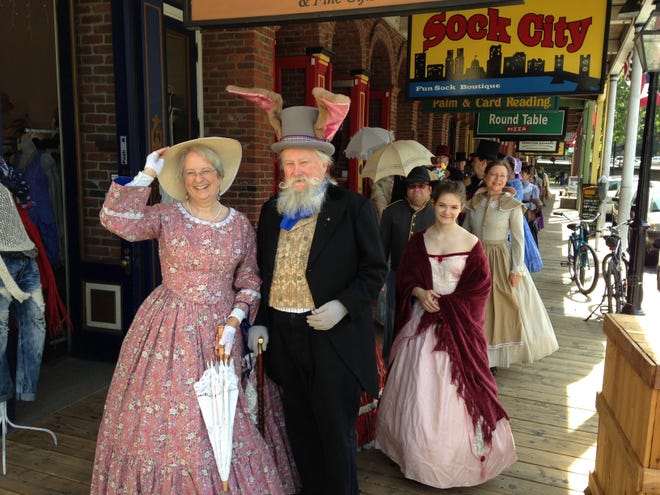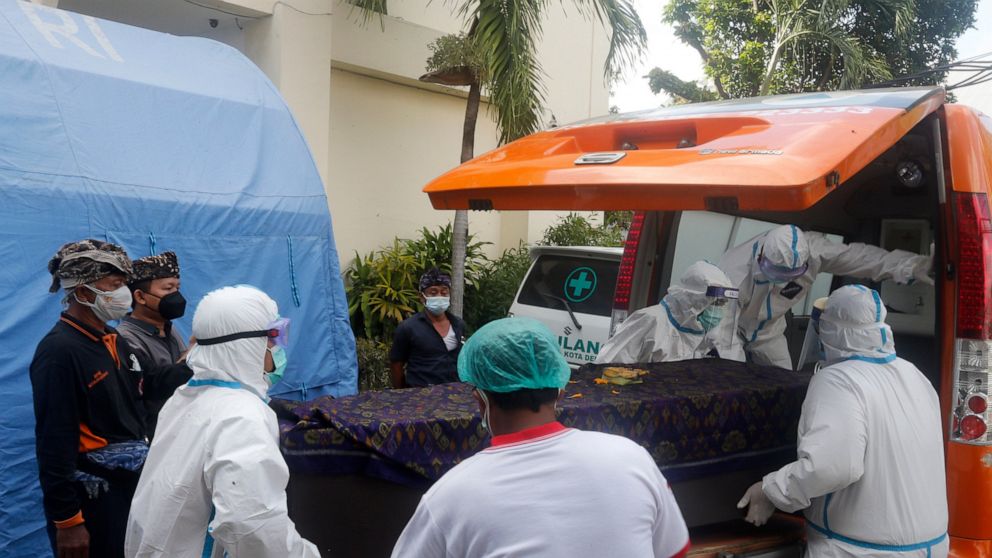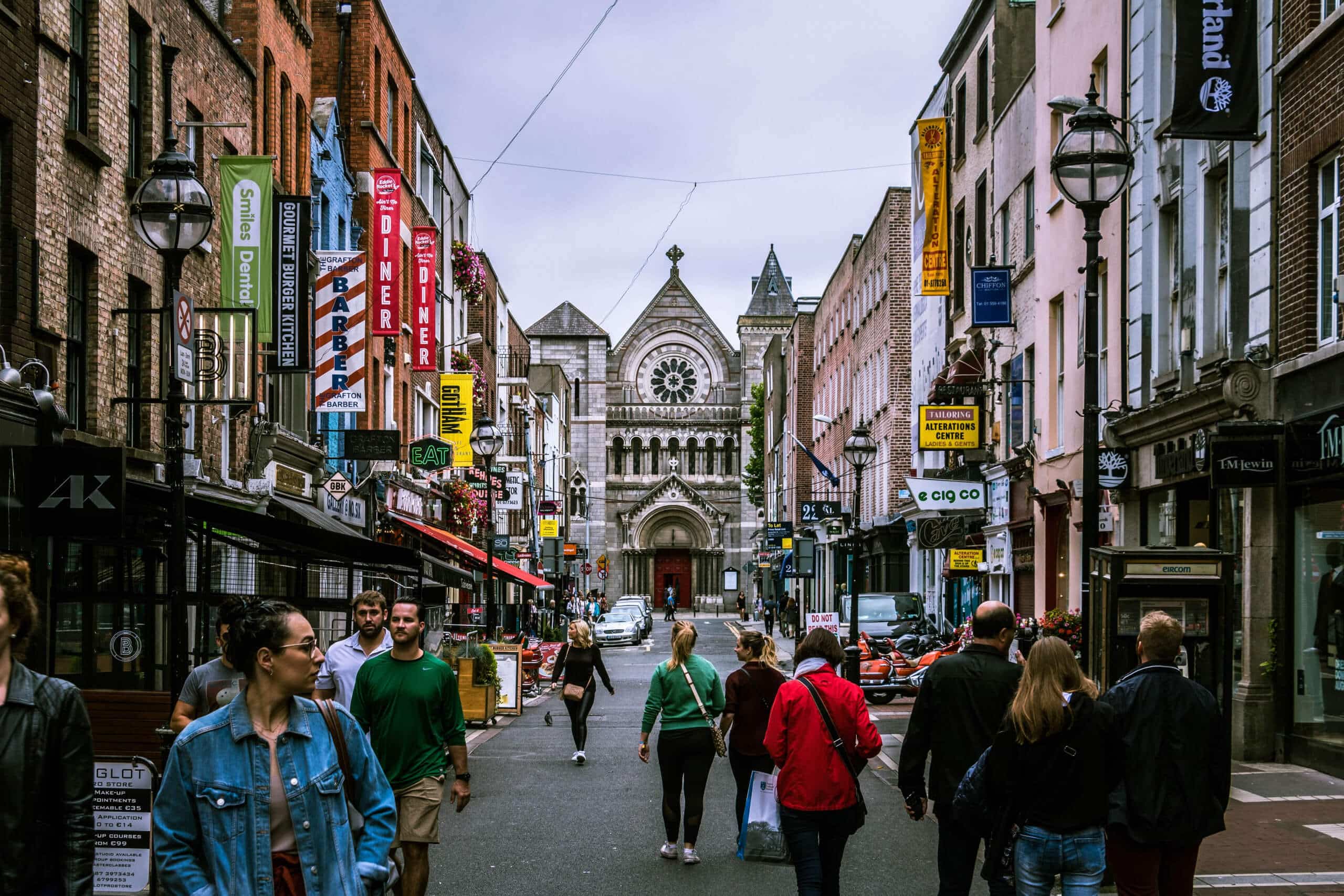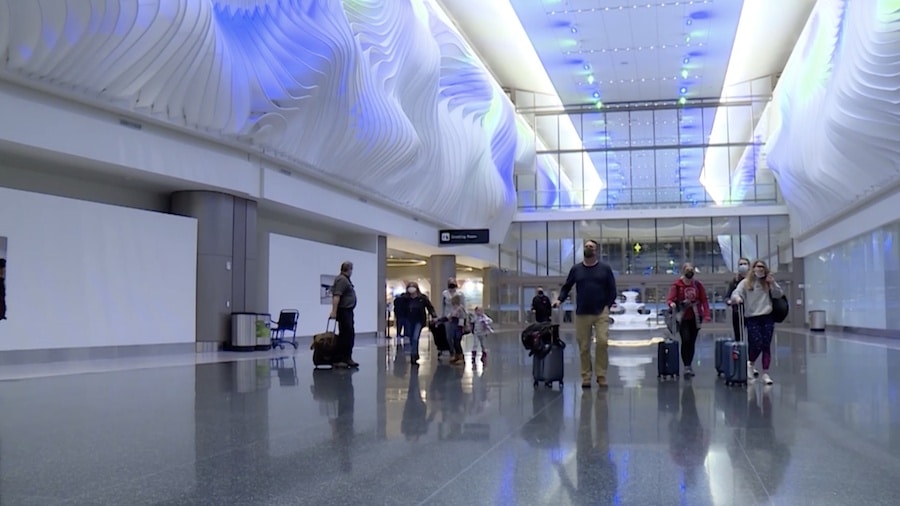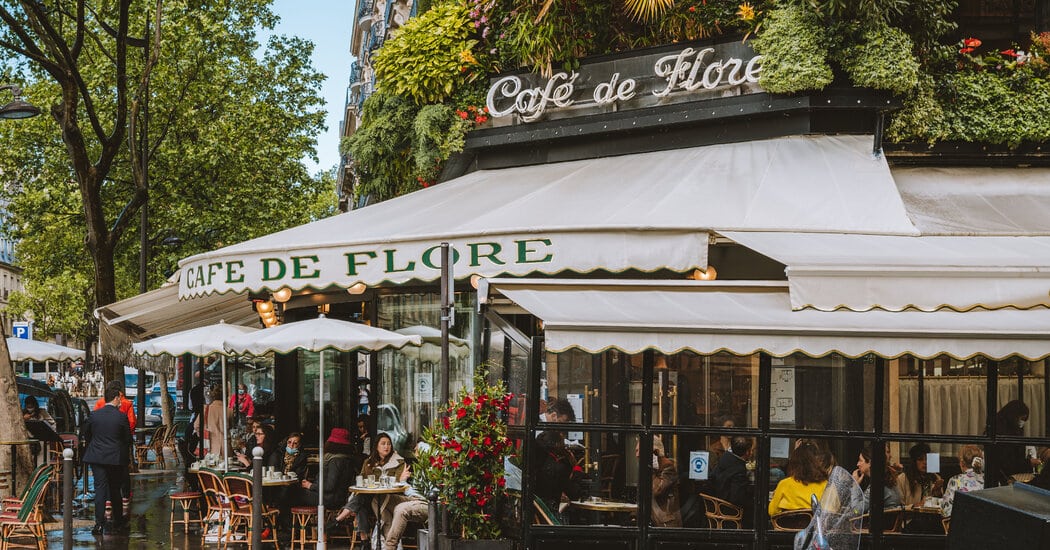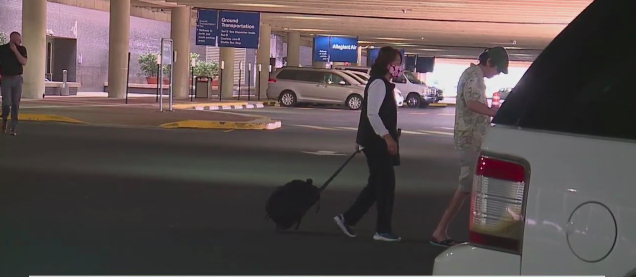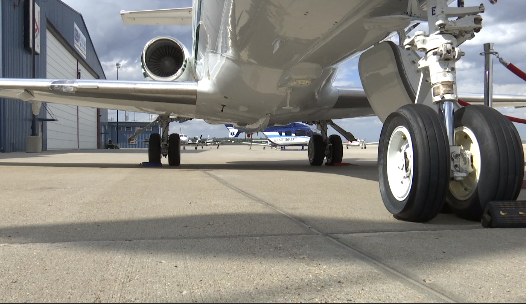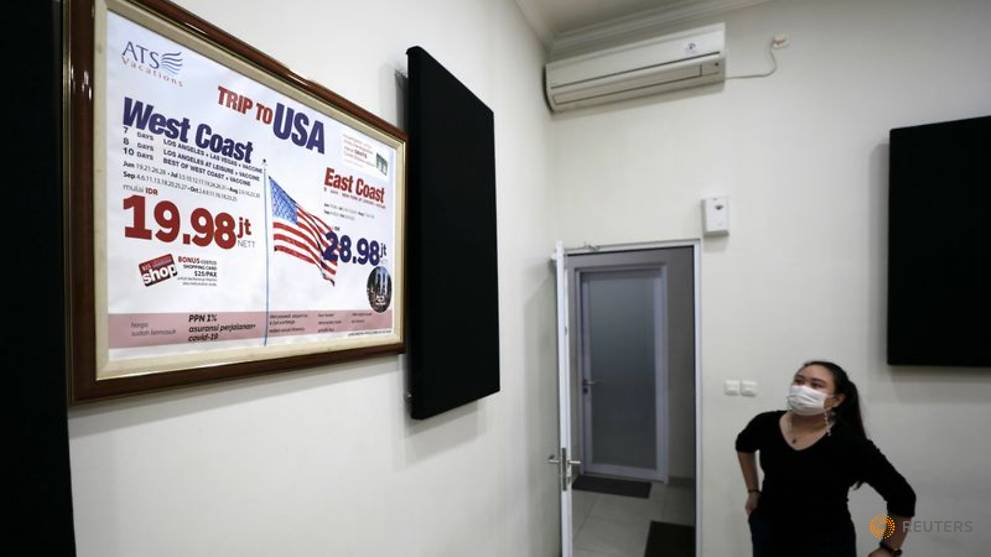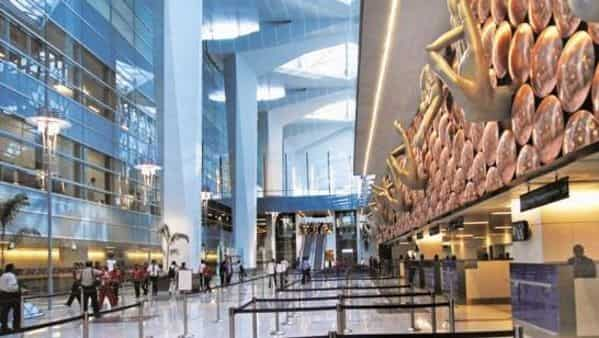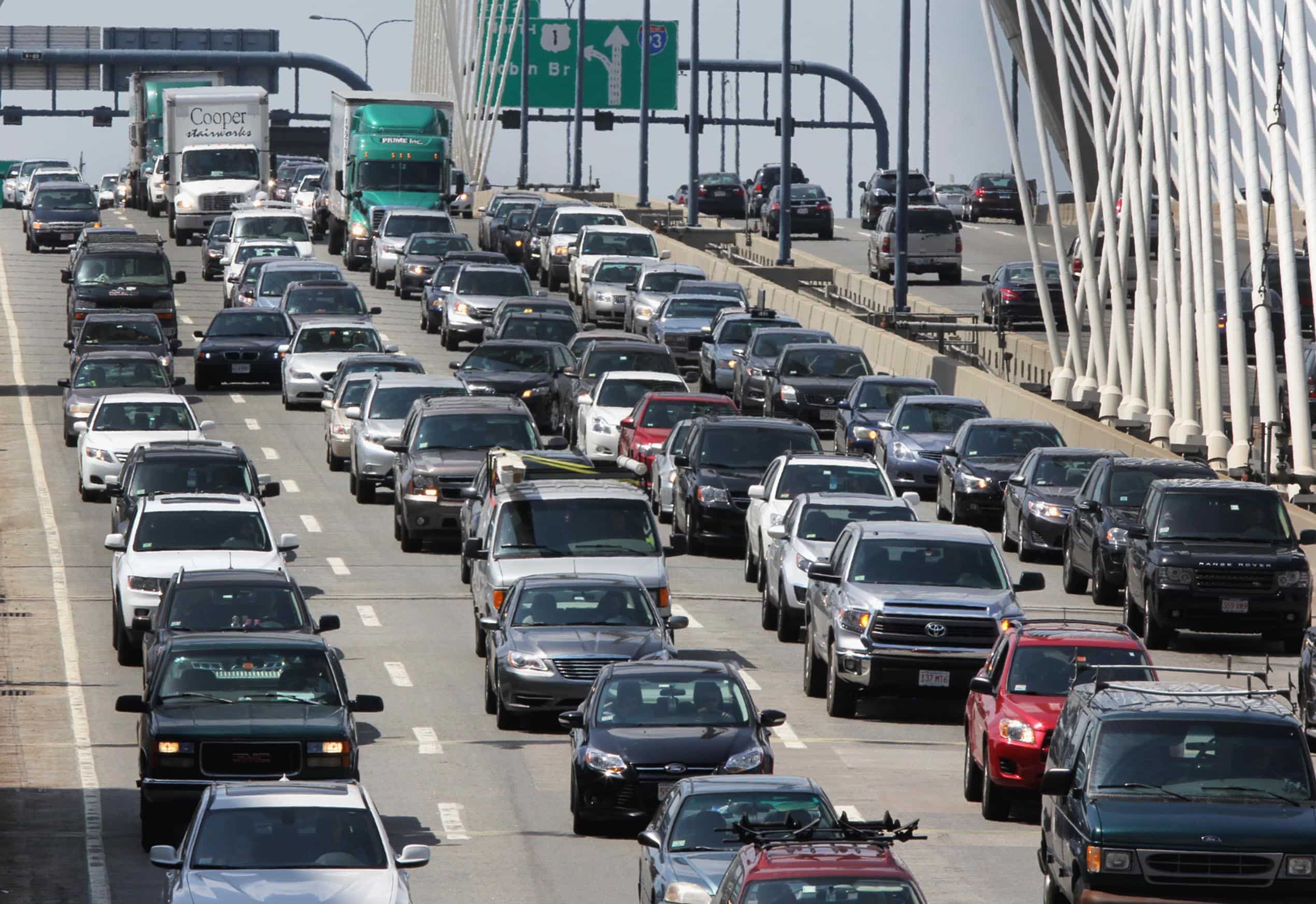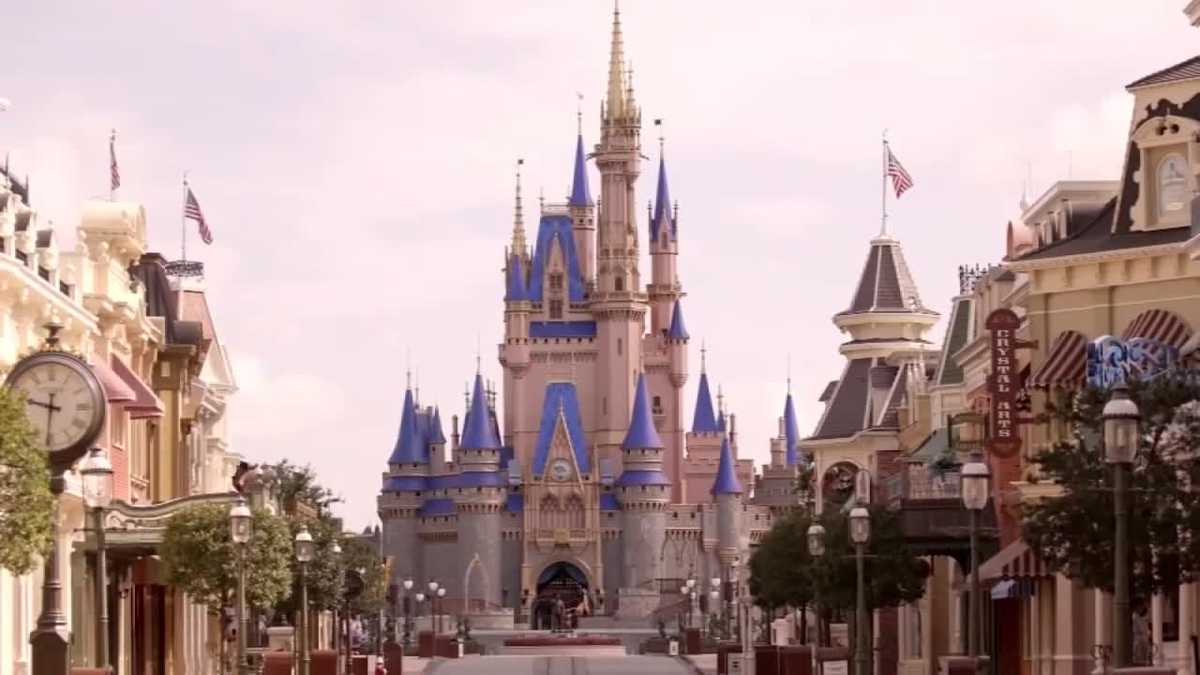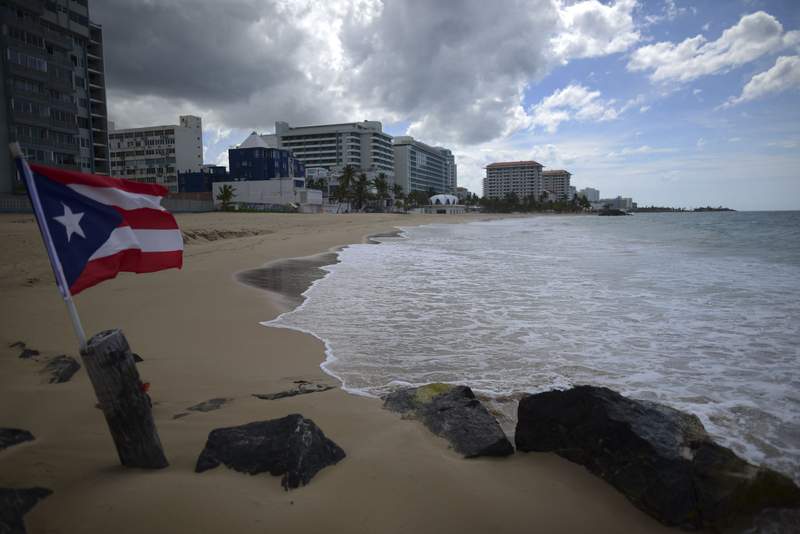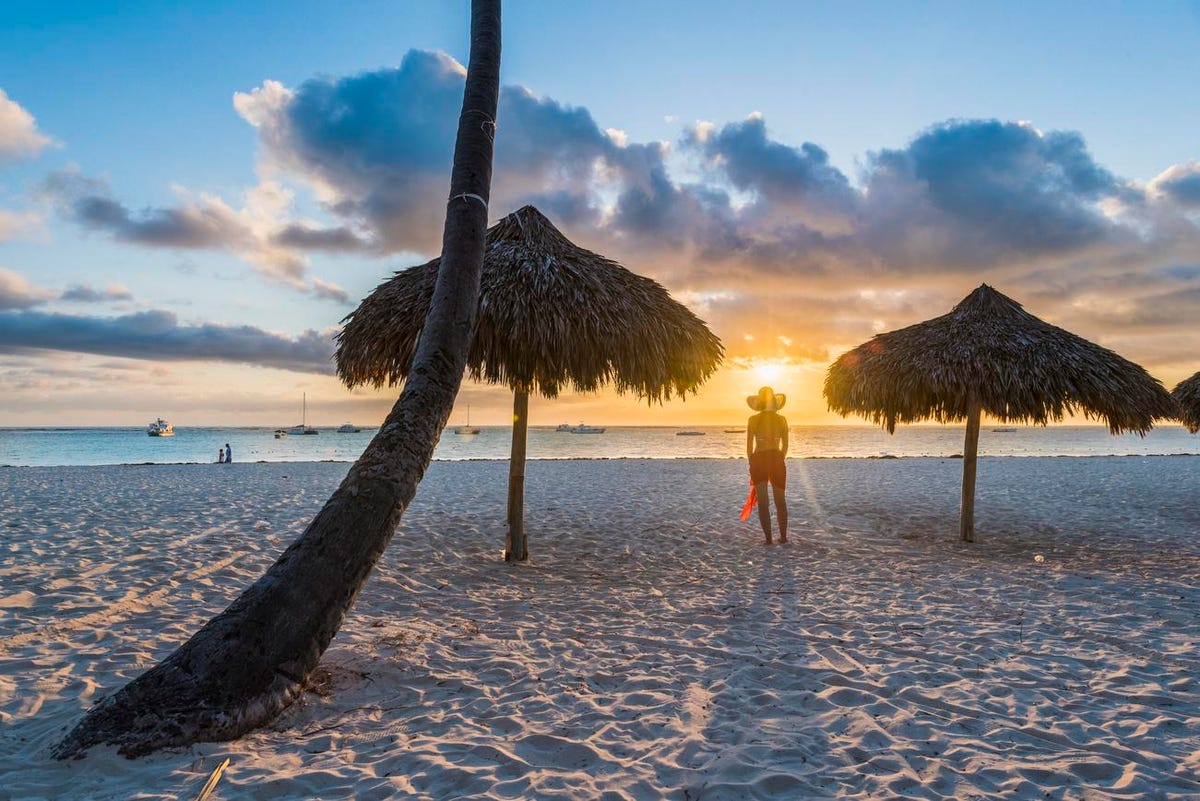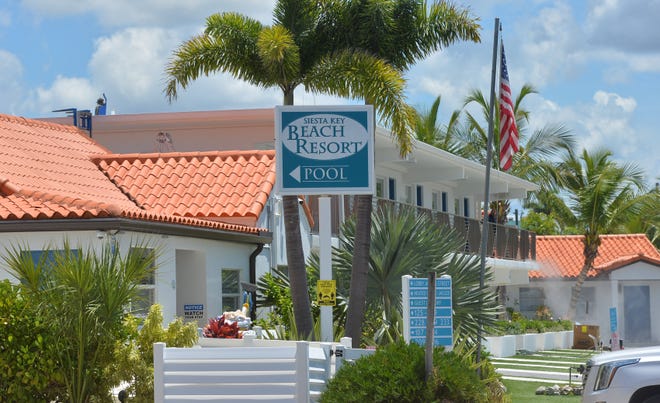
Red-lettered signs sprout all along Higel Avenue, just after crossing Siesta Key’s north bridge, exclaiming “Stop High Density Hotels.”
The signs dotting Sarasota’s premier tourist attraction are a direct response to explosive proposals by four developers to build the barrier island’s first hotel developments in more than five decades.
There’s little debate over whether the key could use more accommodations for visitors, but the size and scope of the proposed developments are hotly contested topics for Siesta Key residents, prompting considerable backlash.
The reaction has led to the creation of citizens groups fighting the new hotel projects.
Even more telling: the birth of a movement intended to form Siesta Key’s own government to handle land-use issues, as many residents feel ignored or disregarded by Sarasota County.
But that challenging incorporation effort would, even if successful, likely not be in time to stop any of the four proposed developments. One is set to be considered by the Sarasota County Planning Board on Aug. 19 and another will be on that board’s Sept. 2 meeting.
Combined, the four proposals would see the addition of 560 hotel rooms and result in buildings as tall as eight stories, despite longstanding density and height limits imposed on the island.
Topping residents’ fears is that approval of these hotels would open a floodgate for even more hotel development, adding to traffic woes and eroding Siesta Key’s distinct character that has helped its public beach win the title of No. 1 in America.
Previous coverage of Siesta Key Hotels:Sarasota County to press ahead with review of hotel proposals on Siesta Key
Fourth hotel to Siesta Key?:Could more hotels be coming to Siesta Key? Fourth developer submits proposal
Siesta Promenade holds workshops:Siesta Promenade hosts workshops seeking rezone of two parcels in mixed-use development
Imposing scale
The four developments are proposed by Mike Holderness, Robert Anderson, Gary Kompothecras and Dave Balot.
Holderness’ plan would transform Siesta Key Beach Resort and Suites at 215 Calle Miramar and 5311 Ocean Blvd. from the current 55-room hotel built in stages from 1942 to 1972 into a 170-room hotel with two floors of parking and three floors of hotel rooms.
Anderson’s plan would create a 170-room, eight-story hotel in place of single-story buildings on roughly an acre of land near Siesta Key Beach Resort and Suites on Calle Miramar.
That project also calls for a 223-space parking garage, a restaurant and a rooftop pool and bar. Traffic is proposed to come and go along Calle Miramar. This project will be discussed at the Aug.19 planning board meeting.
Kompothecras’ plan would place a seven-story, 120-room hotel near Siesta Key’s south entry on Old Stickney Point and Peacock Roads, at the site of a restaurant that has been demolished. The proposed structure would sit on a little over one acre.
Balot wants to build a 100-room hotel on a 2.15-acre parcel at a vacant bank building site at 5810 Midnight Pass Road. This structure would see two levels of parking below three floors of hotel rooms.
Coalescing opposition
Mark Spiegel, president of the Siesta Key Coalition, had never been involved in any effort to stop a development, until hearing rumors about the potential hotels. He saw the plans and decided that something had to be done to stop “high density” hotels and prevent Siesta Key from turning into Clearwater or Fort Lauderdale.
A little more than a year ago, Spiegel and a group of concerned Siesta residents formed the Siesta Key Coalition that has now incorporated into a nonprofit organization with the goal of stopping the proposed changes to zoning that would allow the hotels to be built.
The coalition now represents 70 neighborhood and condominium associations and more than 6,500 households on the key, Spiegel said.
“I have yet to meet anyone on Siesta Key that does not oppose these upcoming hotel proposals,” he said.
One of the organization’s first acts: ordering 250 of the yard signs now adorning Higel Avenue. Demand for the signs exceeded supply, prompting an order for 250 more.
Spiegel is a developer.
He has done senior living projects all over the country and he maintains that he isn’t against any hotel development – just any development that doesn’t comply with current regulations.
He’s raised issues regarding inconsistencies with how county staff have applied the current zoning codes to the projects, and was incensed after officials allowed one developer to withdraw a growth plan amendment after the developer’s lawyer contended that it was not needed.
Another of the projects has followed suit and also withdrawn a similar proposed amendment.
A change to Sarasota County’s long-range growth plan would require an affirmative vote by four of the five county commissioners.
“It would be comical if it wasn’t so serious,” Spiegel said. “I’ve never seen county staff work so responsive to developers instead of the community.”
Dan Lobeck, president of Control Growth Now, has lived in Sarasota for nearly 32 years and has been a frequent foe of development interests in the county.
“I’ve never seen that strong of a coalescence of a community around a single issue,” he said of the effort to prevent hotel development on Siesta Key.
Lobeck figures the proposed developments could currently pass on a 3-2 vote.
Following the golden rule
Dave Balot has proposed the most modest room count on the largest property of the four proposed hotel developments.
The Sarasota Herald-Tribune reached out to each of the developers or their representatives of these hotel projects and only Balot returned the phone calls.
Balot lives in Sarasota and says he wants to be a good neighbor with any development that eventually moves forward.
“I made it a point to reach out and speak to as many key people as I could, both in person and over the phone, to listen to concerns and answer as many questions as possible,” he said. “I want to treat people the way I would want to be treated.”
He said that since the county’s guiding regulations, through the Siesta Key Overlay District, were implemented roughly two decades ago, commercial development of the island has stopped.
“There’s been no development and there needs to be,” he said.
While Balot has proposed the Midnight Pass hotel development, he’s also a silent partner in the existing Siesta Key Beach Resort and Suites on Calle Miramar.
He said that if he and his partners demolished the 55-room property today, they could only build a 27-room hotel on the site using current zoning regulations.
He also says most, if not all, of the hotels on Siesta Key fail to meet current building requirements and federal guidelines for access by people with disabilities.
Balot argues that the density he seeks at 100 rooms is the minimum economically viable given rising construction costs and the surge in real estate values.
“The numbers simply do not work with keeping the current density limits,” he said.
Balot also does not believe that hotels will significantly increase traffic, contending the traffic issues stem from Sarasota County’s growth and the increased attention Siesta Key has gained by being recognized as one of the world’s best beaches.
He argues traffic isn’t from commercial development on the island, but instead is people going to the beach.
“I’m sorry, but Siesta Key is no longer a hidden, unknown beach and village,” Balot said.
Hotel demand
The underlying fundamentals for hotel development in Sarasota County are strong, said Jag Grewal, a partner in Ian Black Real Estate.
Grewal is a commercial broker for a hotel that’s currently under contract in Sarasota.
Visit Sarasota County reports that more than 1 million people visited the county from October 2020 to June 2021, spending more than $1 billion in the local economy.
Hotel occupancy rates have increased from 63.8% in June 2019 to 81.3% in June 2021. The average room rate has increased from $157.19 in June 2019 to $204.55 in June 2021.
“I think there is currently a need for more hotel development,” Grewal said. “People are looking to buy hotels and people are looking to build hotels. The demand is here.”
But island residents feel one way to fight satisfying that demand with new and bigger Siesta hotels is to create Sarasota County’s newest municipality, so islanders can govern themselves.
Save Siesta Key has held three public meetings since March on the topic and is nearing completion of a feasibility report that would have be be supported by state Sen. Joe Gruters and Rep. Fiona McFarland in the Florida Legislature for the idea to move forward.
If the group can convince the local state legislators that their idea could actually work, it would then have to be passed by the both the House and Senate, be signed by the governor and, finally, gain more than 50% of the registered island voters’ approval in a referendum.
The most recent municipality created in Florida is the village of Indiantown in Martin County, which incorporated in 2017. There have only been a dozen new municipalities incorporated in Florida since 2000.
Tracy Jackson, a board member of Save Siesta Key, said the organization has collected 1,166 signed petitions from registered voters on Siesta Key since the movement started in March.
Rick Munroe, a board member and owner of Sun Garden Cafe on Siesta Key, said the goal would be to have a “government lite” approach with as few as seven or eight employees. Other services like police and fire would be contracted out.
Because Siesta Key has such high property values, Munroe said that a proposed millage rate as low as 0.25 mills – or 25 cents for every $1,000 of taxable property value – would allow for funding the proposed government structure. Munroe said Siesta Key has $7.3 billion worth of real estate representing 11% of the entire county’s assessed property value.
Still, the issue could be a tough sell in the Legislature. The fact that the idea has gotten this far is a barometer of residents’ frustration.
Jackson said the group has surveyed island residents and high density hotels top the list of concerns, followed by traffic and enforcing rules against hotel houses.
Since she’s lived on Siesta Key, Jackson said she’s seen residents mobilize, but ultimately fail in opposing other issues. She points specifically to the dredging of Big Pass off Siesta Key and the approval for a 24-acre Benderson Development project near the key’s south entrance Stickney Point and U.S. 41.
“So many people have organized to stop things,” she said. “I’m tired of watching Siesta Key lose.”

